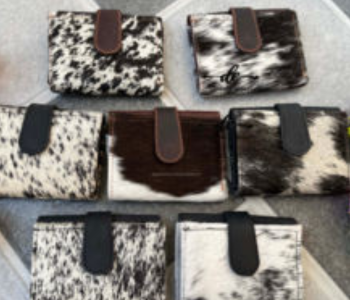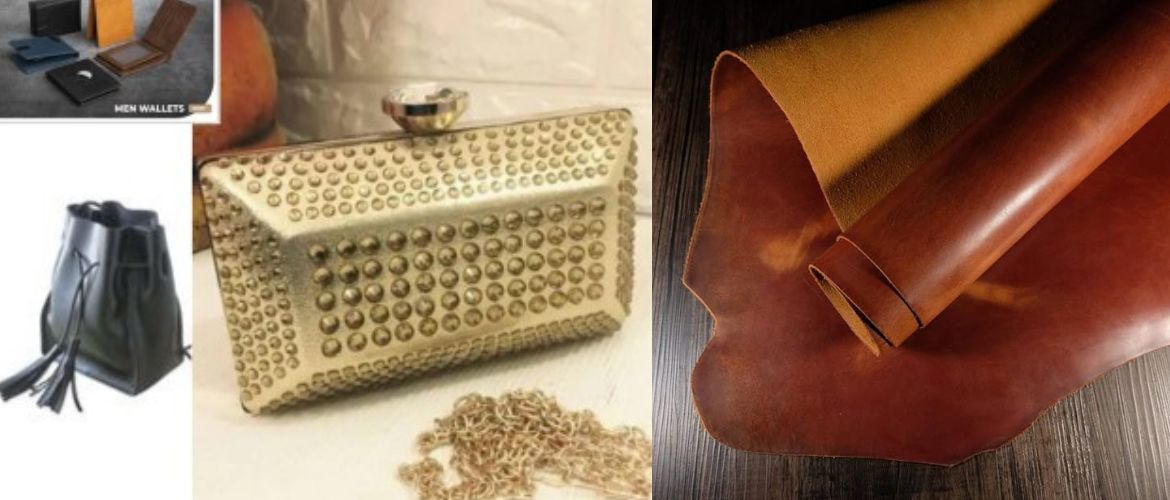Wallets, humble in their essence, bear witness to a rich tapestry of history that spans centuries. Originating as simple pouches carried by men and women, their evolution mirrors the dynamic shifts in human civilization. In the ancient world, wallets were utilitarian, serving as vessels for essentials like coins, herbs, and other small items. The Greeks had a variant called “kibeis,” a precursor to the modern wallet, often depicted in art draped across gods and heroes. Rome, too, embraced the practicality of wallets, fashioning them from leather.
As societies progressed, so did the wallet’s role. The Renaissance saw the emergence of intricate leatherwork, elevating wallets to symbols of status and craftsmanship. Elaborate designs and personalized embellishments reflected individual taste and societal norms.
The industrial revolution marked a turning point, introducing mass production and accessibility. The wallet transformed from a luxury item to an everyday necessity. With the rise of paper currency, wallets adapted to accommodate bills, coins, and identification.
In the 20th century, wallets became fashion statements. Evolving alongside clothing trends, they took on various forms – bifold, trifolds, and slim cardholders. The introduction of synthetic materials expanded design possibilities, offering durability and style.
The digital age ushered in e-wallets, transforming the traditional concept. Smart technology integrated with wallets, enabling contactless payments and secure storage of digital cards. This fusion of tradition and innovation reflects society’s ever-changing needs.
Today, wallets are not just functional; they narrate personal stories. From vintage leather classics to sleek, modern designs, the choices are diverse. The history of wallets is a testament to their resilience and adaptability, mirroring the ebb and flow of human existence.
In essence, exploring the history of wallets is a journey through time, witnessing their evolution from practical pouches to indispensable accessories. Each fold and stitch tells a story of human ingenuity, societal shifts, and the enduring significance of a seemingly .
Wallets & history, a captivating journey through time. These versatile accessories showcase an intriguing blend of functionality and style across the epochs. In the tapestry of WALLETS & history, ancient civilizations crafted rudimentary pouches, laying the foundation for their evolution. The Greeks adorned gods with the KIBISIS, an early chapter in the WALLETS & history narrative.
As societies progressed, so did the wallet’s role. The Renaissance brought forth exquisite leatherwork, turning wallets into symbols of status and craftsmanship. Fast forward through the annals of WALLETS & history, and the industrial revolution democratized these accessories, transforming them from luxuries to everyday essentials.
In the 20th century, fashion took center stage in the WALLETS & history chronicles. Bifolds, trifolds, and slim cardholders became expressions of individuality. Synthetic materials reshaped designs, expanding the scope of WALLETS & history. Enter the digital age, where e-wallets redefine the narrative, seamlessly blending tradition with innovation.
Today, WALLETS & history intertwine in an array of choices. Vintage leather classics coexist with sleek, modern designs, each fold and stitch recounting a tale of WALLETS & history. These accessories have transcended mere functionality, becoming storytellers of human ingenuity and societal shifts. In essence, WALLETS & history encapsulate the enduring significance of these seemingly simple items in the fabric of human existence.
A wallet is a flat case or pouch, often used to carry small personal items
such as physical currency.
debit card, identification documents
such as driving license, club card, photographs, transit pass, business cards
and other paper or laminated cards.
Wallets are generally made of fabric or leather, and they are usually pocket-sized and foldable.
- Wallets may include A
- Breast wallet
- Bi-fold wallet
- Tri-fold wallet
- Front pocket wallet
- Money clip wallet
- Long wallet
- Wallet band Wristlet
- Travel wallet
- ID case/neck pouch
- Shoe wallet
- Hardware wallet
- Side by side wallet
- L-Zip wallet
- Metal wallet
- Credit card holder
- Cardholder zip wallet
- Checkbook
- Envelope
- Automatic wallet
- Tactical wallet
- RFID blocking wallet
- money clip
- coin purse
- chain fastener
- strap, snap
- Rein
- zipper
- Clutch
- Wristlet
- Multifunction
- Card case & case wallet
There are specialized wallets for holding passports, wearable ID cards, and checkbooks. Some unusual wallets are worn on the wrist or shoe. Wallets may be used as a fashion accessory, or to demonstrate the style, wealth, or social status of the owner.

The Renaissance of Wallet Design
Innovations in Material and Craftsmanship
As the demand for wallets surged, artisans began experimenting with various materials and crafting techniques. The traditional use of cow or horse leather expanded to include exotic materials, such as alligator or snake skin, catering to a diverse range of tastes and preferences. This era witnessed a renaissance in wallet design, with craftsmen incorporating intricate patterns, embossing, and personalized engravings. The marriage of functionality and aesthetics became paramount, solidifying the wallet as not just a utilitarian item but a fashionable accessory.
Diversification of Wallet Styles
The evolution of wallets was not confined to a single design. Distinct styles emerged to meet different needs and occasions. The bifold and trifold designs gained popularity, offering varied compartmentalization for cards, bills, and identification. Specialized wallets, like the cardholder and coin purse, addressed specific requirements, reflecting a consumer-driven approach to design. This diversification in styles marked a departure from the one-size-fits-all mentality, allowing individuals to express their personality through their choice of wallet.
The 20th Century: Technological Advancements and Cultural Shifts
Integration of Technology
With the advent of the 20th century, technological advancements played a pivotal role in reshaping wallet functionalities. The inclusion of RFID-blocking technology addressed concerns about identity theft, providing a secure environment for carrying credit cards and personal information. Additionally, the integration of coin pockets with zipper closures and ID windows showcased a commitment to practicality, aligning wallets with the fast-paced lifestyle of the modern era.
Fashion and Pop Culture Influence
The 20th century witnessed the fusion of fashion and pop culture, influencing wallet design. Wallets became canvases for artistic expression, featuring logos, prints, and iconic symbols. The rise of designer wallets, adorned with recognizable brand insignias, turned these accessories into status symbols. Celebrities and influencers further fueled wallet trends, making them not only functional items but also statements of cultural relevance and individual style.
In summary, the Renaissance era marked a transformative period in wallet design, emphasizing both material innovation and stylistic diversity. The 20th century, propelled by technological advancements and cultural shifts, further refined wallets into sophisticated accessories that balance functionality with fashion. Together, these chapters in the history of leather wallets showcase their continual evolution, adapting to the changing needs and tastes of society.
Read more about men`s wallets


2 comments
I really got into this article. I found it to be interesting and loaded with unique points of interest. I like to read material that makes me think. Thank you for writing this great content.
A blog like yours should be earning much money from adsense..-.,?